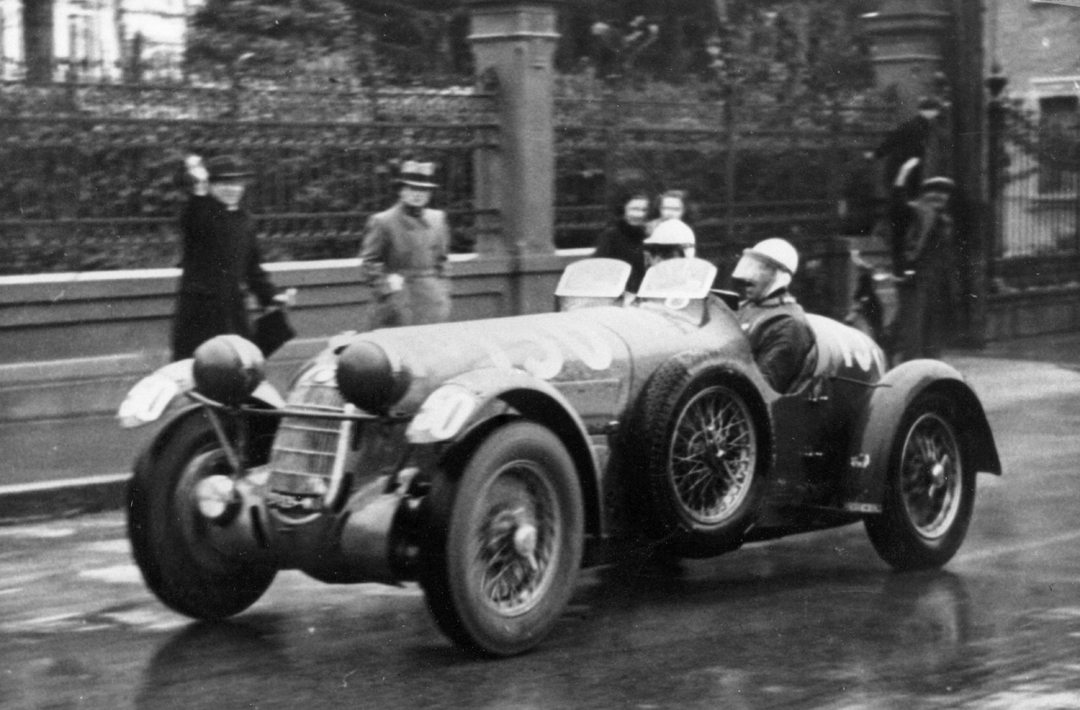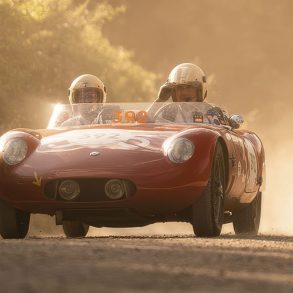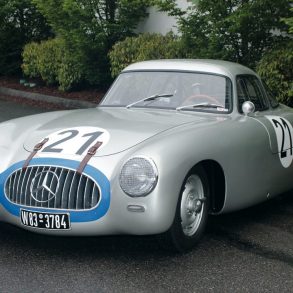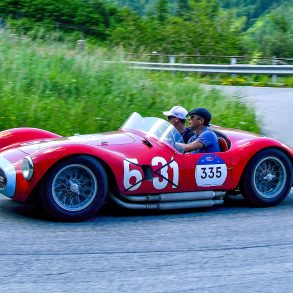Carlo Pintacuda Biography

Two men, both from Firenze, played an early role in the young racer’s life and taught Carlo the secrets of motor racing. These two men were Conde Gastone Brilli-Peri and Emilio Materasi. In 1926 he bought a 6-cylinder, 3-liter Alfa Romeo RLSS in which he won his first victory in a sports race at Perugia. This was the of many victories that lasted until 1928.
During this period he won every race he started, including the Coppa Perugina, Circuito Firenze, Coppa C. Pistorese and the Vermiccino Rocca di Papa, the Coppa Rossore, in Terni and the Coppa Vermicino. In those years, he was able to afford racing thanks to an inheritance from his grandfather. But due to the high costs of racing, and because the prizes in those races were only trophies, Pintacuda soon ran out of money. With the help of friends he was able to continue but he knew that he wanted to achieve success in the big races he would need to join a works team.
That opportunity finally arrived late in 1934 when Scuderia Ferrari called for him to test a P3 Alfa Romeo at Monza. After some brief formalities, Pintacuda jumped into the car and made 70 laps. When the test ended he said, “If you could adapt this car for the Mille Miglia, it would be a winner”. He was very impressed with the power of the Tipo B.
Ferrari had already entered a number of 2.3 Alfas and 2.6 Monzas, for next year’s Mille Miglia but decided to help Pintacuda with the P3. The agreement included the assistance of the Scuderia during the race. According to Giovanni Lurani, the “transforming the single seat Alfa P3 into a sports car involved fitting two small seats, moving the steering wheel and fitting a self starter, dynamo, lights, spare wheel, battery and mudguards.” Only the wiry Pintacuda could fit behind the wheel, and his, co-driver the Marquis Della Stufa barely fit into the confined cockpit. Pintacuda would go on to score an epic win at the Mille Miglia win.
In 1937 experiencing electrical problems, Carlo drove without lights, following his teammate Farina to the finish, winning his second great victory in the Mille Miglia on time. Pintacuda became well known in Brazil for his victories in the GP of Rio de Janeiro at the Circuito da Gávea in 1937 and 1938. In 1937 beating the Auto Union of Hans Stuck. The Auto Unions were entered to demonstrate German superiority while for the Italians it was a commercial expedition whereupon they duly sold their winning cars to eager local buyers saving the expense of having to ship the cars back. For this Pintacuda was called the Hero of Gávea and his name became synonymous with speed.
After WWII Pintacuda decided to move to Buenos Aires in 1947 where he swapped passions, motor racing for antiquities, and opened a shop called La Spiga. He passed without fanfare on March 8, 1971.












